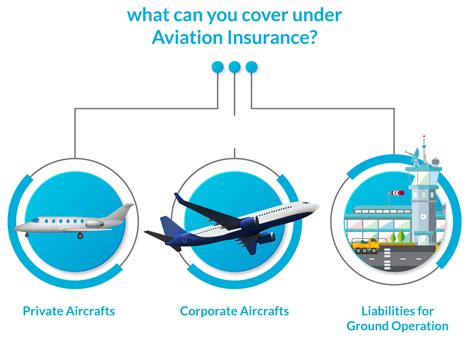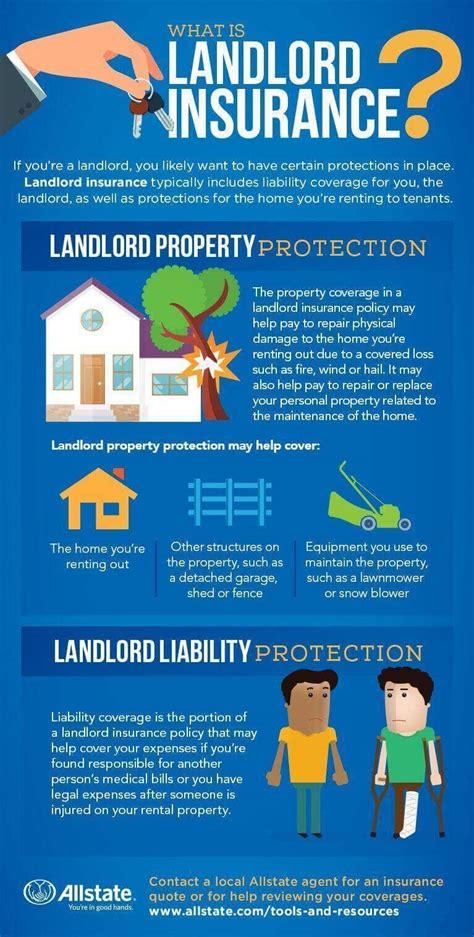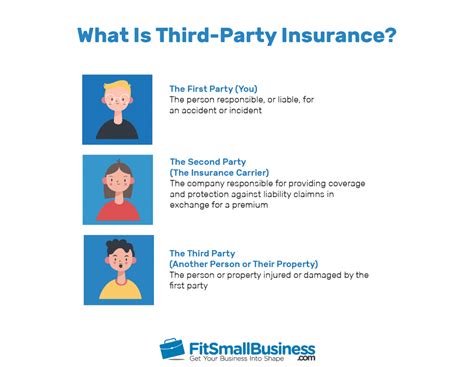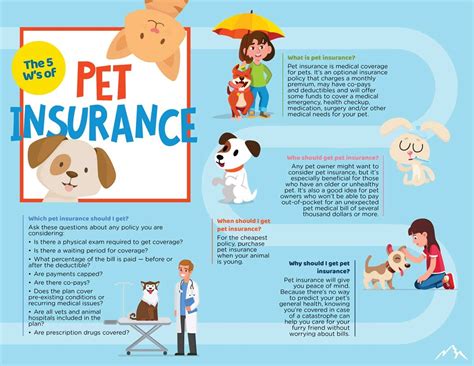Protect your aircraft with the right insurance policy. Learn about the types, factors affecting cost, and why aviation insurance is crucial.
Understanding Aviation Insurance
Contents
Understanding Aviation Insurance
Aviation insurance is a type of insurance that covers accidents and damages to aircraft, as well as liabilities that may arise from aviation operations. It is an essential component for anyone involved in aviation, whether it be pilots, aircraft owners, or aviation businesses. The primary purpose of aviation insurance is to protect against financial losses resulting from accidents, injuries, and damage caused by or to aircraft.
Aviation insurance provides coverage for a wide range of scenarios, including hull insurance, which covers physical damage to the aircraft, and liability insurance, which covers bodily injury and property damage caused by the aircraft to third parties. In addition, aviation insurance can also include coverage for passenger liability, medical payments, and non-owned aircraft liability.
One of the key components of aviation insurance is the underwriting process, which involves assessing the risk factors associated with the aircraft and the operator. The cost of aviation insurance is influenced by various factors such as the type and age of the aircraft, the pilot’s experience and training, the purpose of use, and the operating location.
Understanding the intricacies of aviation insurance is crucial for anyone involved in the aviation industry. It is important to work with an experienced aviation insurance broker who can help navigate the complexities of aviation insurance and find the right coverage for your specific needs.
Importance of Aviation Insurance
Aviation insurance is an essential aspect of the aviation industry. It plays a crucial role in protecting aircraft owners, operators, and pilots from financial risk. Aviation insurance provides coverage for a wide range of potential liabilities, including damage to the aircraft, bodily injury, and third-party property damage. Without adequate insurance, aviation professionals could face significant financial losses in the event of an accident or incident.
One of the key importance of aviation insurance is that it provides peace of mind to aircraft owners and operators. By having a comprehensive insurance policy in place, they can operate their aircraft with confidence, knowing that they are protected against unforeseen events. Additionally, many aviation organizations and regulatory bodies require aircraft to be insured, making it a legal and mandatory requirement.
Furthermore, aviation insurance is important for mitigating risks associated with the high cost of aviation operations. In the event of an accident, the financial implications can be substantial. Having the right insurance coverage can help offset these costs and ensure that the financial stability of the aviation business is not compromised.
Moreover, aviation insurance is essential for protecting the reputation and integrity of aviation professionals. Accidents and incidents can lead to legal disputes and liabilities, which can tarnish the reputation of the individuals or organizations involved. Insurance coverage can help mitigate these risks and provide support in legal proceedings, thereby safeguarding the professional standing of the aviation community.
Types of Aviation Insurance Coverage
Aviation insurance coverage is essential for protecting aircraft owners and operators from financial losses due to unforeseen events. There are several types of aviation insurance coverage that are available to meet the diverse needs of the aviation industry.
One type of coverage is hull insurance, which protects the physical aircraft itself. This coverage can include both in-flight and on-ground damages, as well as theft and vandalism. Another type of coverage is liability insurance, which provides protection in the event of bodily injury or property damage caused by an aircraft accident. This coverage is crucial for aircraft owners and operators to protect themselves from potentially significant financial liabilities.
Additionally, there is hangar insurance that provides coverage for physical damage to a hanger and its contents, as well as liability protection for third-party injuries or property damage that may occur within the hangar. Finally, excess liability insurance extends the coverage of a primary liability policy and provides additional protection in the event of a catastrophic accident or lawsuit.
In summary, the different types of aviation insurance coverage are designed to protect aircraft owners and operators from a variety of risks and potential liabilities. It is important for aviation professionals to carefully consider their insurance needs and obtain the appropriate coverage to ensure their financial security and protect their interests in the aviation industry.
Factors Affecting Aviation Insurance Cost
Factors Affecting Aviation Insurance Cost
Aviation insurance cost is influenced by various factors that can either increase or decrease the premium that an aviation operator needs to pay. One of the primary factors affecting aviation insurance cost is the type of aircraft being insured. High-performance and complex aircraft generally have a higher insurance cost due to the increased risk of operation. Additionally, the age and condition of the aircraft can impact the insurance premium, as older or poorly maintained aircraft may pose a higher risk.
Another significant factor is the pilot’s experience and training. Insurance companies take into account the pilot’s flight hours, certifications, and recurrent training to assess the risk associated with the pilot’s operation of the aircraft. A clean safety record and adherence to industry best practices can help lower insurance costs.
Additionally, the usage of the aircraft plays a crucial role in determining insurance premiums. Commercial operations and aircraft used for aerial work typically have higher insurance costs compared to personal or recreational use. The location and operating environment also impact the insurance cost, with high-traffic and congested airspace areas resulting in higher premiums.
Furthermore, the insurance coverage and limits selected by the aviation operator can affect the overall cost. Higher coverage limits and additional endorsements will increase the premium, while opting for lower coverage can result in more affordable insurance. It’s essential for aviation operators to carefully evaluate their insurance needs and select coverage that aligns with their specific operations.
In summary, the aviation insurance cost is influenced by factors such as the type, age, and condition of the aircraft, the pilot’s experience, the intended usage, operating environment, and the selected insurance coverage. Understanding these factors is crucial for aviation operators to make informed decisions and effectively manage their insurance expenses.
Getting the Right Aviation Insurance Policy
Getting the Right Aviation Insurance Policy
When it comes to aviation insurance, it’s crucial to find the right policy for your individual needs. The aviation industry is unique and presents specific risks that require specialized coverage. Finding the right aviation insurance policy involves understanding the different types of coverage available and assessing the specific needs of your aircraft and operations.
One of the most important factors in getting the right aviation insurance policy is working with a reputable and experienced insurance provider. An experienced provider will have a deep understanding of the aviation industry and will be able to offer tailored solutions to meet your specific needs. They can also provide valuable insights and advice to help you make informed decisions about your coverage.
Another crucial aspect of getting the right aviation insurance policy is understanding the different types of coverage available. This can include liability coverage, hull insurance, and coverage for in-flight incidents, among others. Each of these types of coverage plays a critical role in protecting you and your aircraft from various risks and liabilities.
It’s also important to consider the specific needs of your aircraft and operations when selecting an aviation insurance policy. Factors such as the type and size of your aircraft, the nature of your operations, and your flying experience can all impact the type and amount of coverage you require. By carefully assessing these factors, you can ensure that you have the right level of protection for your unique circumstances.
Ultimately, getting the right aviation insurance policy requires a thorough understanding of the industry, the different types of coverage available, and your specific needs. By working with an experienced provider and carefully assessing your requirements, you can ensure that you have the right coverage in place to protect your investment and mitigate your risks.












